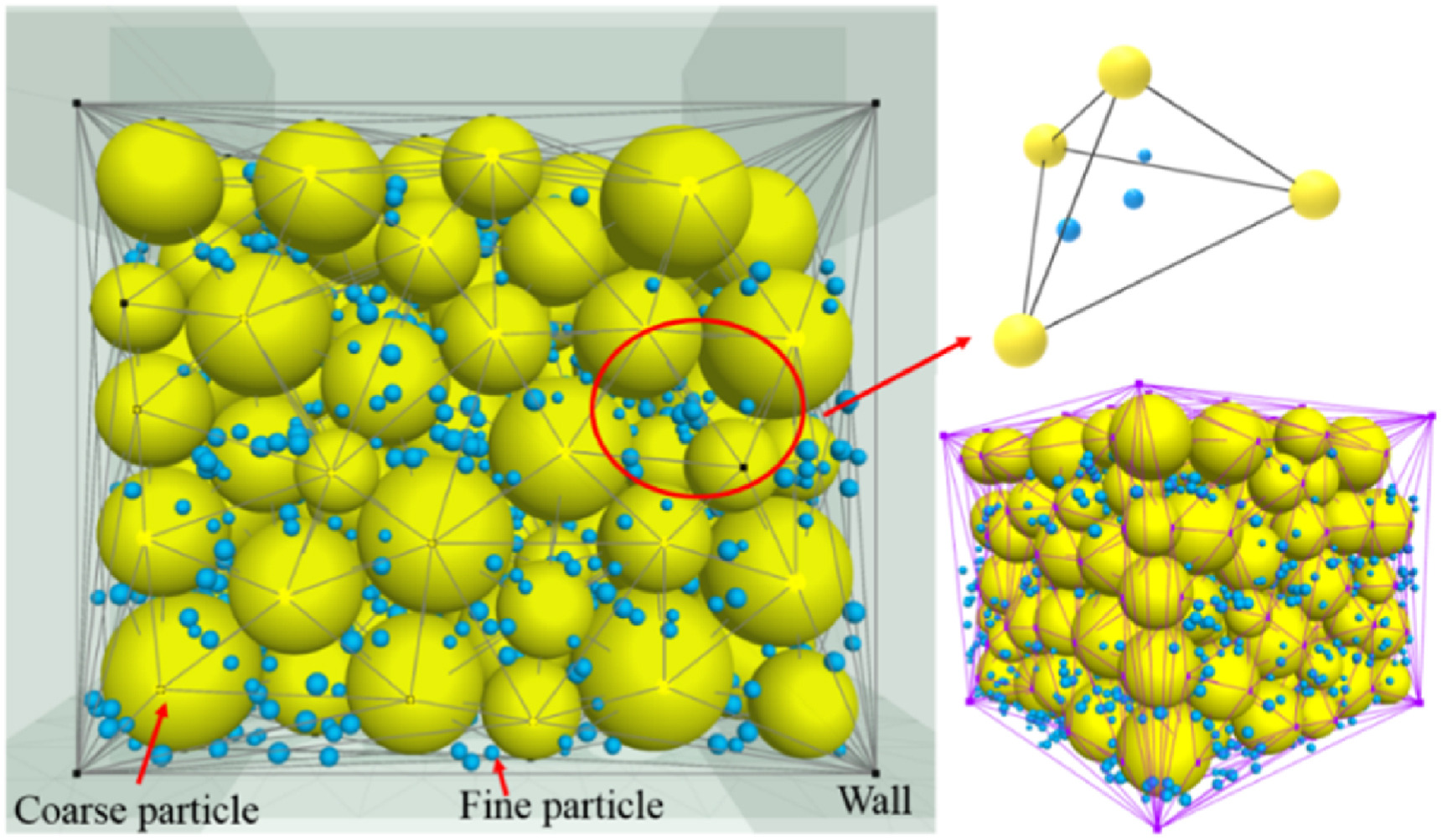JRMGE / Vol 14 / Issue 3
A review of methods, applications and limitations for incorporating fluid flow in the discrete element method
Tuo Wang, Fengshou Zhang, Jason Furtney, Branko Damjanac
Show More
a Key Laboratory of Geotechnical and Underground Engineering of Ministry of Education, Tongji University, Shanghai, 200092, China
b Department of Geotechnical Engineering, College of Civil Engineering, Tongji University, Shanghai, 200092, China
c Itasca Consulting Group, Inc., Minneapolis, MN, 55041, USA
2022, 14(3): 1005-1024. doi:10.1016/j.jrmge.2021.10.015
Received: 2021-05-27 / Revised: 2021-09-21 / Accepted: 2021-10-18 / Available online: 2022-01-06
2022, 14(3): 1005-1024.
doi:10.1016/j.jrmge.2021.10.015
Received: 2021-05-27
Revised: 2021-09-21
Accepted: 2021-10-18
Available online: 2022-01-06
The past decade has witnessed the substantial growth in research interests and progress on the subject of coupled hydro-mechanical processes in rocks and soils, driven mainly by the surge of research in unconventional hydrocarbon reservoirs and associated hazards. Many coupling techniques have been developed to include the effects of fluid flow in the discrete element method (DEM), and the techniques have been applied to a variety of geomechanical problems. Although these coupling methods have been successfully applied in various engineering fields, no single fluid/DEM coupling method is universal due to the complexity of engineering problems and the limitations of the numerical methods. For researchers and engineers, the key to solve a specific problem is to select the most appropriate fluid/DEM coupling method among these modeling technologies. The purpose of this paper is to give a comprehensive review of fluid flow/DEM coupling methods and relevant research. Given their importance, the availability or unavailability of best practice guidelines is outlined. The theoretical background and current status of DEM are introduced first, and the principles, applications, and advantages and disadvantages of different fluid flow/DEM coupling methods are discussed. Finally, a summary with speculation on future development trends is given.
Keywords: Hydro-mechanical process, Fluid/discrete element method (DEM) coupling, Geomechanics, Numerical modeling
Article Data
Author(s) Information
Prof. Fengshou Zhang
fengshou.zhang@tongji.edu.cn

Fengshou Zhang obtained his BSc and MSc degrees from Tongji University, China, in 2004 and 2007, respectively, and his PhD degree from Georgia Institute of Technology, USA, in 2012. He then worked as a geomechanical engineer in Itasca Consulting Group, Inc. from 2012 to 2016, and became a professor in Tongji University since September 2016. His research interests include: (1) multi-field coupling of rock mechanics and its application in deep earth engineering such as shale gas and dry hot rock; (2) damage and migration mechanisms of granular materials under fluid–solid interaction; and (3) theoretical and numerical modeling analysis of the behavior of soil and rock. He published more than 120 papers and has been participated in a large number of research projects in USA and China.

